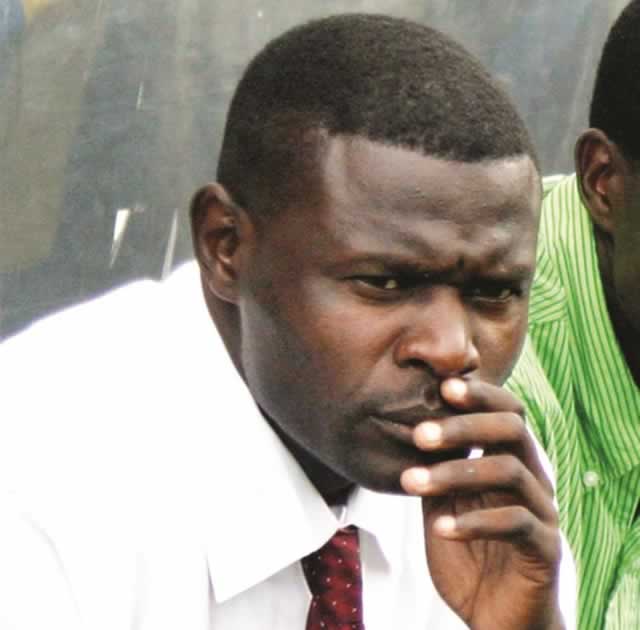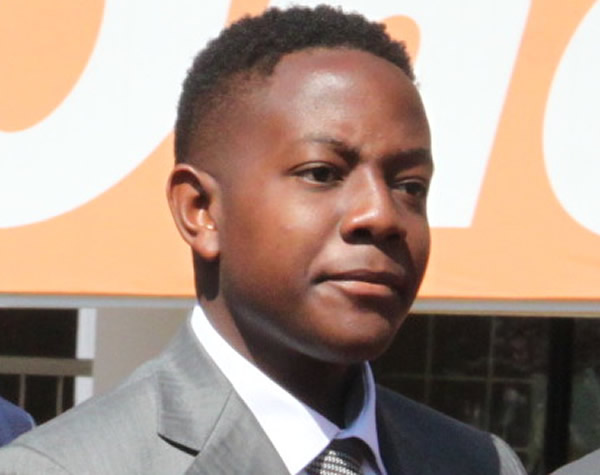Zim’s power situation improves

Business Reporters
ZIMBABWE’S power situation has improved significantly in the past four weeks owing to a number of initiatives put in place but Zesa Holdings said the situation is not sustainable under the current tariff regime.
Zesa spokesperson Fullard Gwasira told delegates attending a Zim-Asset workshop that imports and improved generation at some local units has helped to increase availability of electricity.
“I’m sure you have noticed that from January 5 there hasn’t been load shedding anywhere in Zimbabwe,” said Mr Gwasira.
“We have an importation programme; we are getting power from Mozambique and South Africa, but at a higher tariff than our retail price so the current situation (of uninterrupted supplies) is not sustainable at the current tariff rate.”
Zesa is paying 15,5c kWh for imports from Mozambique and 13c kWh from South Africa. It charges 9,89 kWh.
The power cuts had been so severe with many residents suffering up to 18-hour blackouts. The rolling cuts were also hurting businesses, particularly mining companies.
Energy and Power Development minister Samuel Undenge said recently there is need for an increase in electricity tariffs as they are lower than the cost of production.
He said the tariff increase would enable the power utility to generate enough revenue to finance capital projects and imports. The Zimbabwe Energy Regulatory Authority is expected to approve the proposed electricity tariff increase requested by Zesa.
“Our current tariffs have not been cost reflective,” said Minister Undenge.
“I am sure we will all agree that our consumers have not been paying and if $1 billion which is owed Zesa was paid then there was no need for us to get a loan from China to expand the Hwange unit seven and eight.
“Most of our neighbours have been increasing power tariffs by 10 percent yearly so this increase is important so that we can be able to finance new projects and the retooling exercise at our thermal stations.”
Government is implementing various projects to increase power availability. These include expansion of Kariba Hydro Power Station and Hwange Thermal Power Station.
The two projects will add a total of 900 megawatts to the national grid. The Kariba project is already 40 percent complete while Hwange is 5 percent complete, Zesa said.










Comments